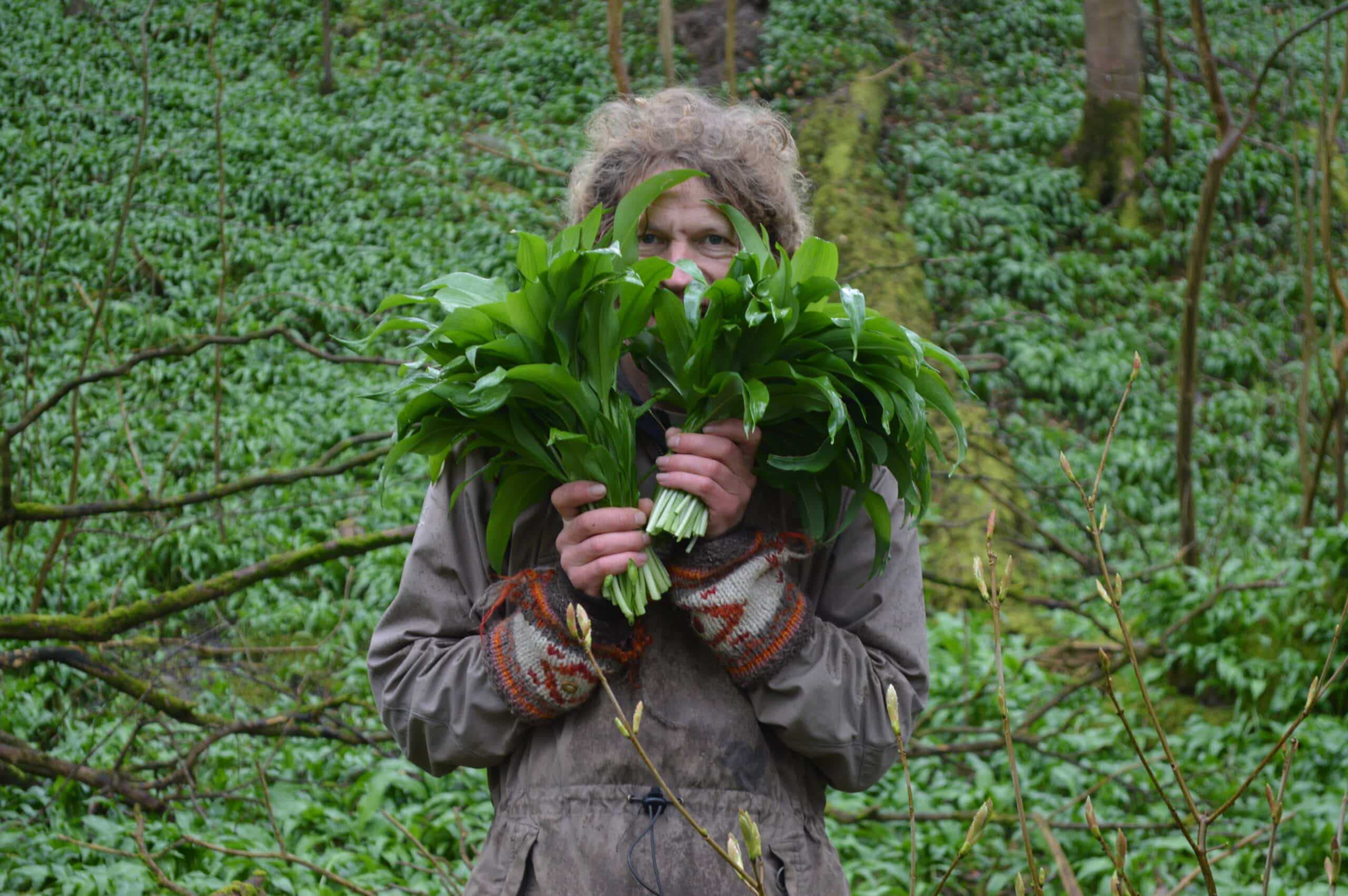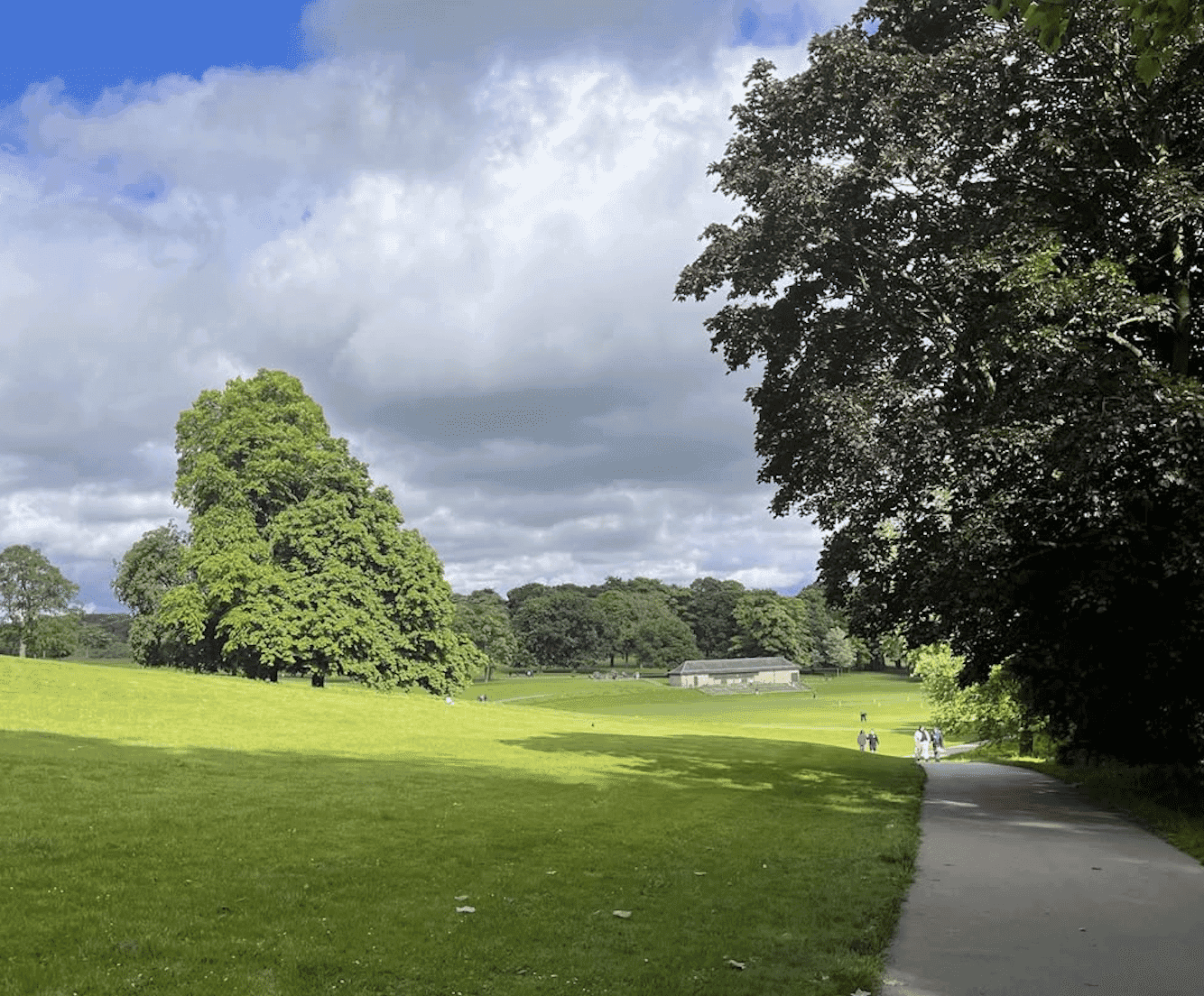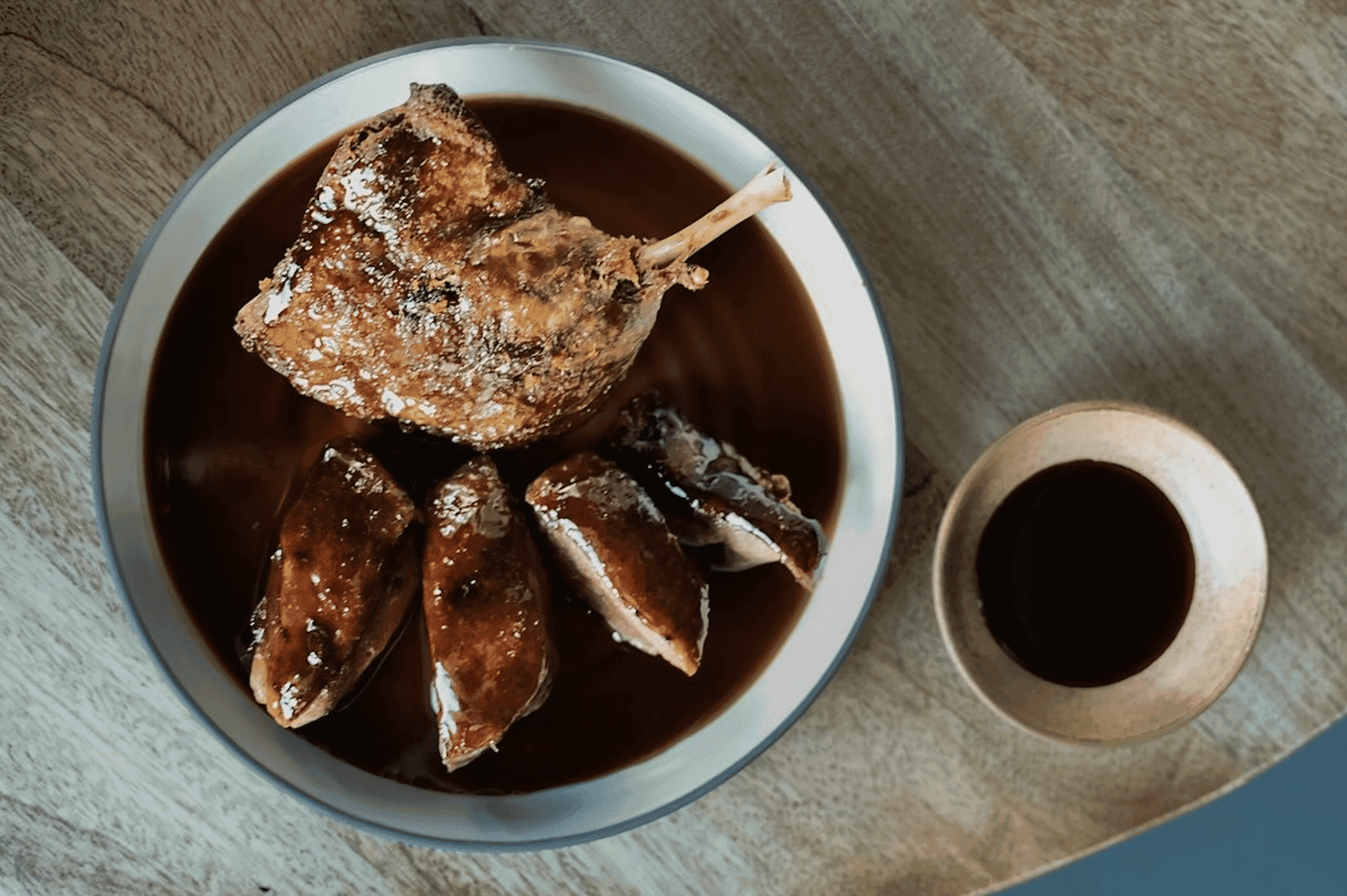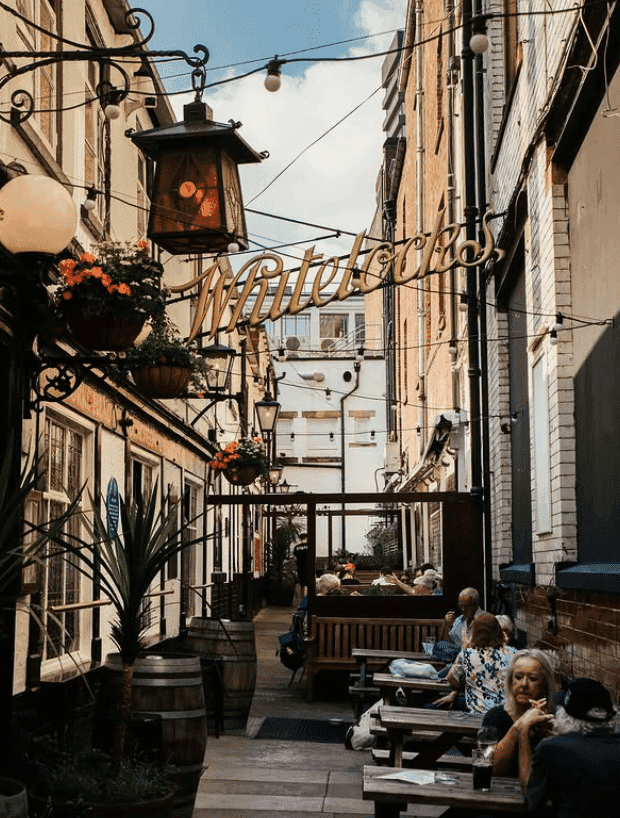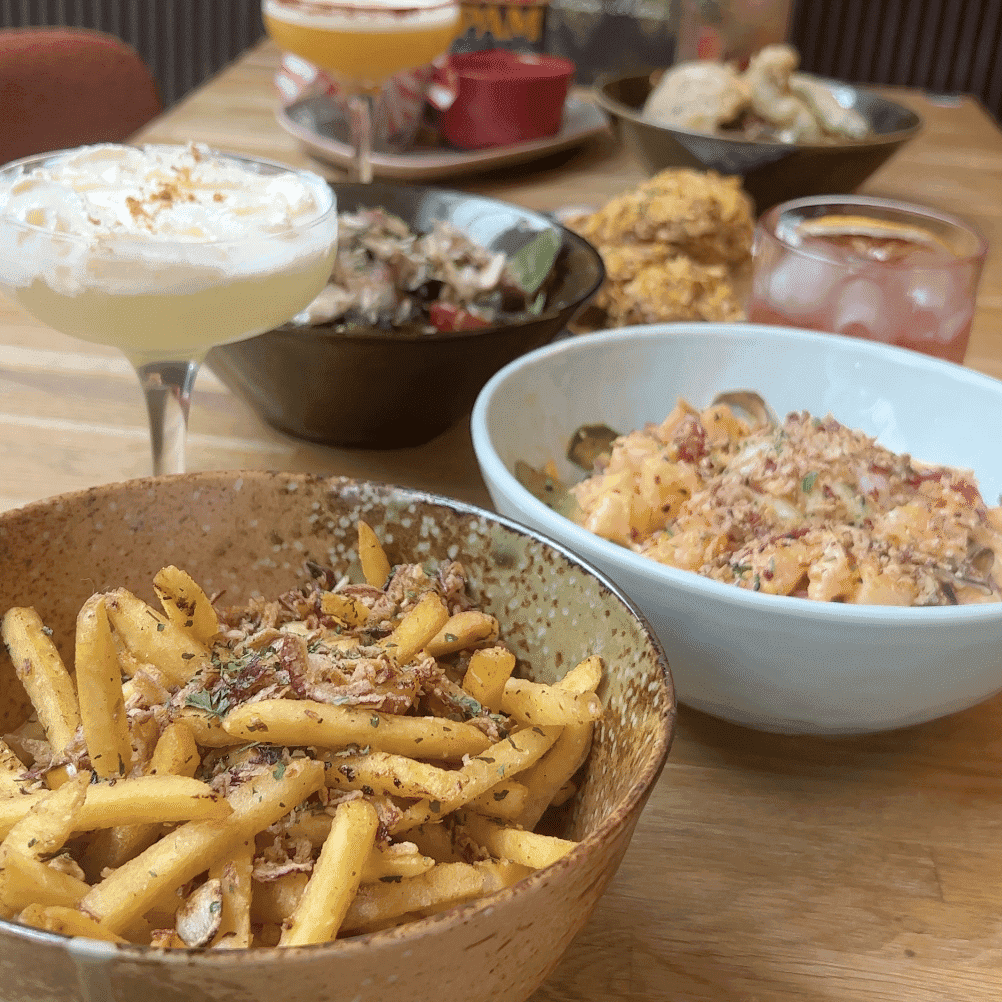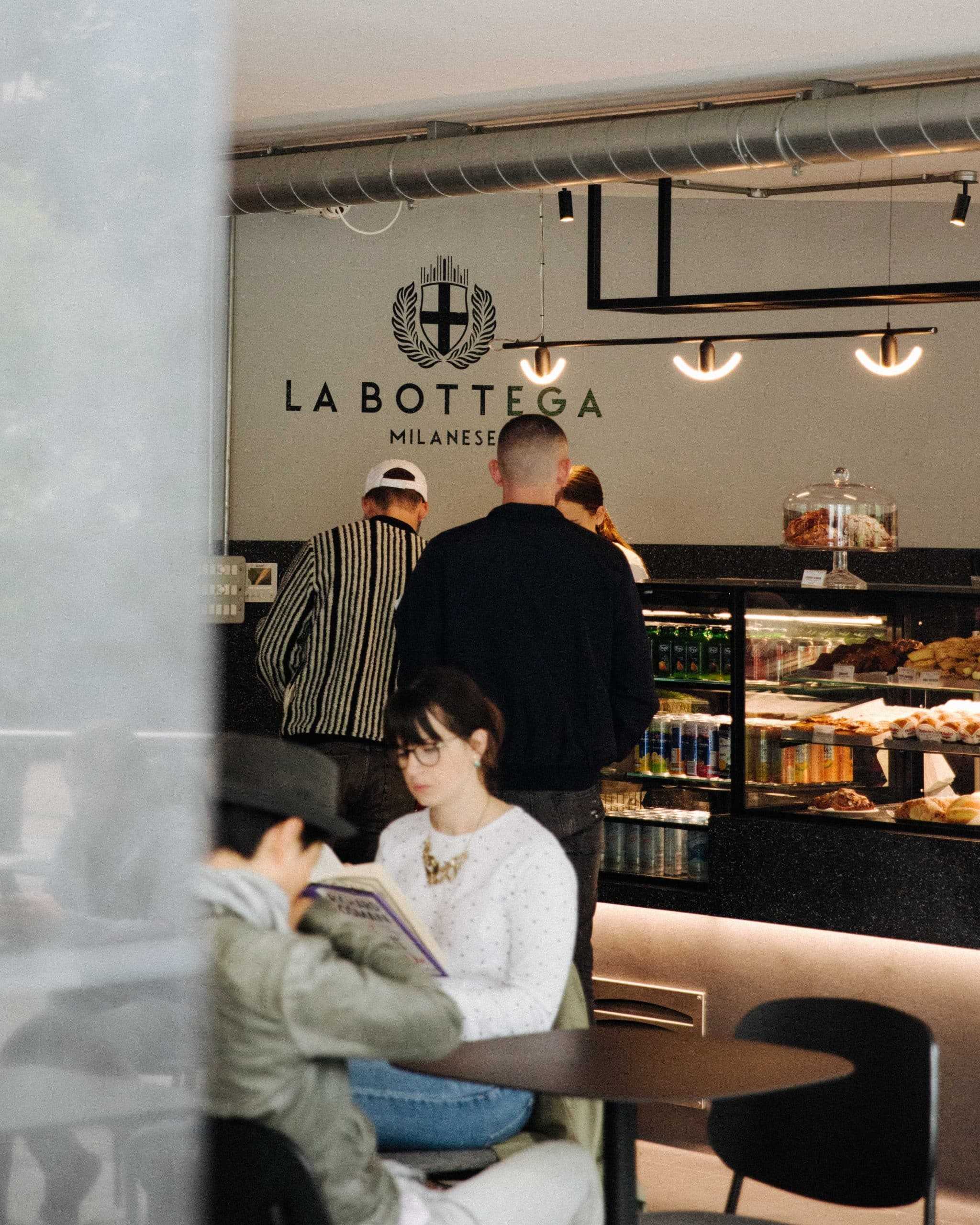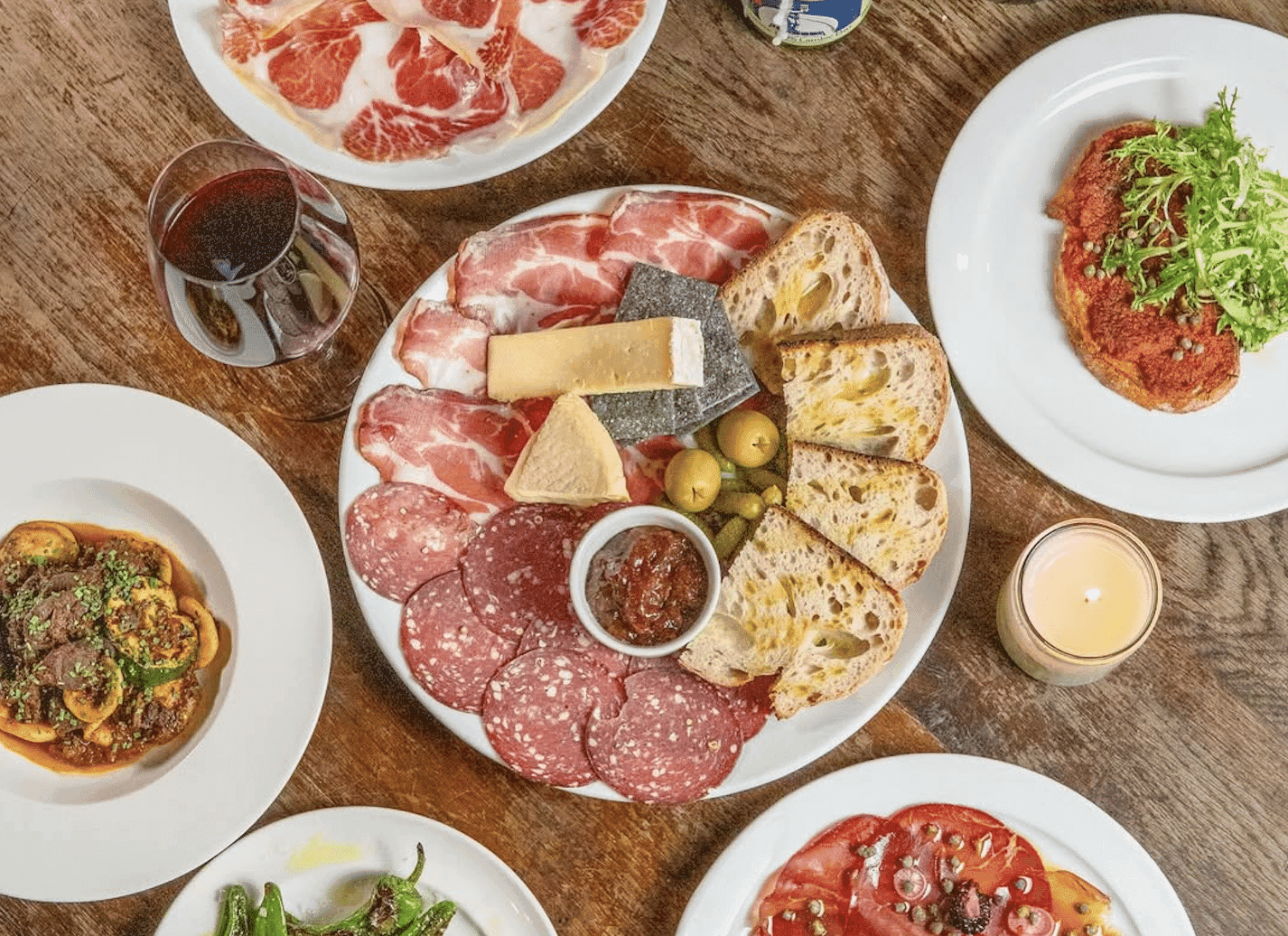Craig Worrall helps people forage for natural foods in the Yorkshire outdoors on his Edible Leeds tours. This Spring, he’s wild about alliums, and here’s why…
Spring heralds the return of the Wild Alliums, a flavoursome family of herbs that includes the likes of Wild Garlic, 3 Cornered & Few Flowered Leek, Rosy Garlic, Crow Garlic and Chives. These wild and ancient herbs are the ancestral, genetic backbone that – after some clever, creative and crafty crossbreeding – became the multiple varieties of onions, garlics and leeks commonly found in grocery stores today.
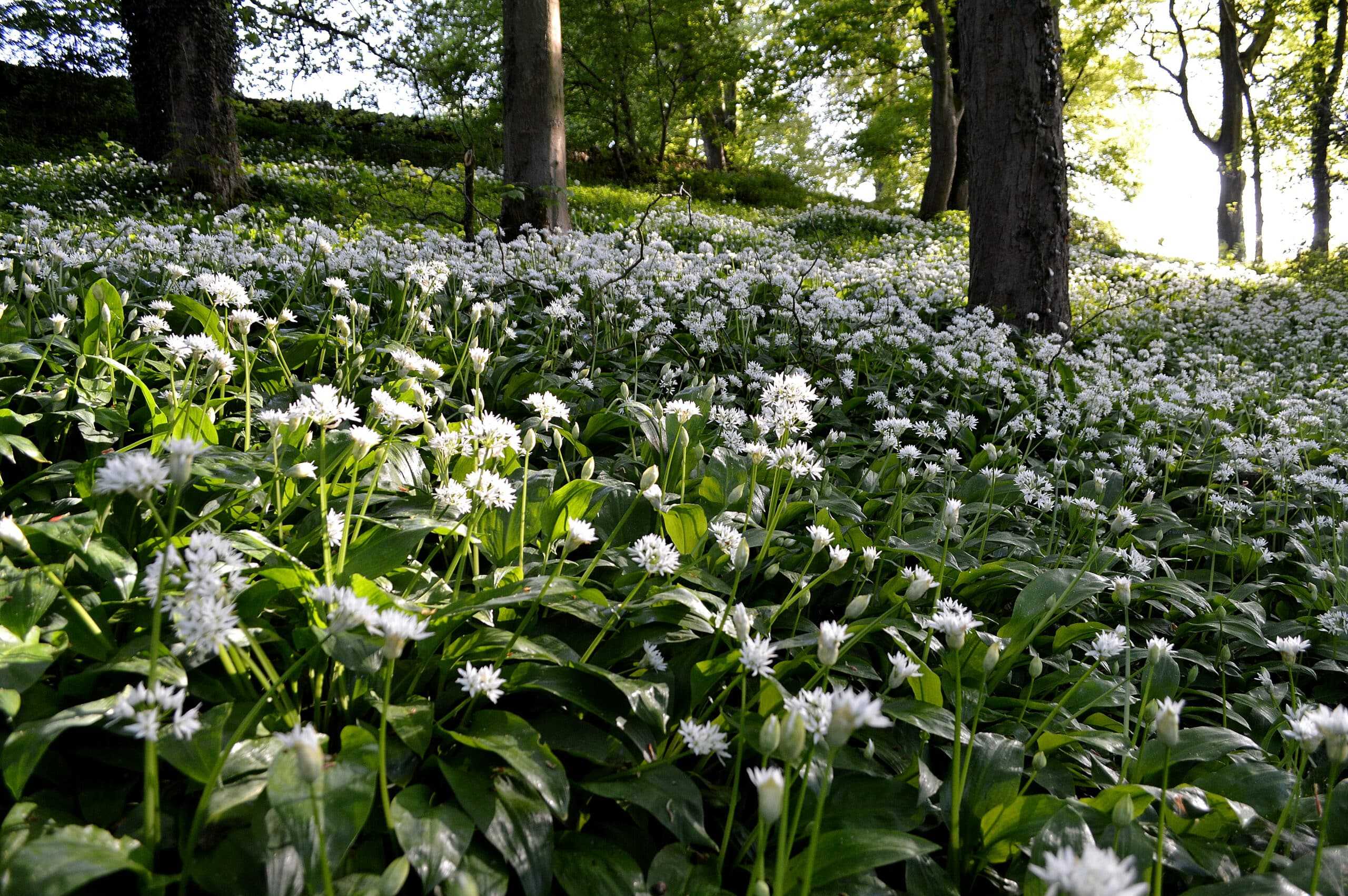
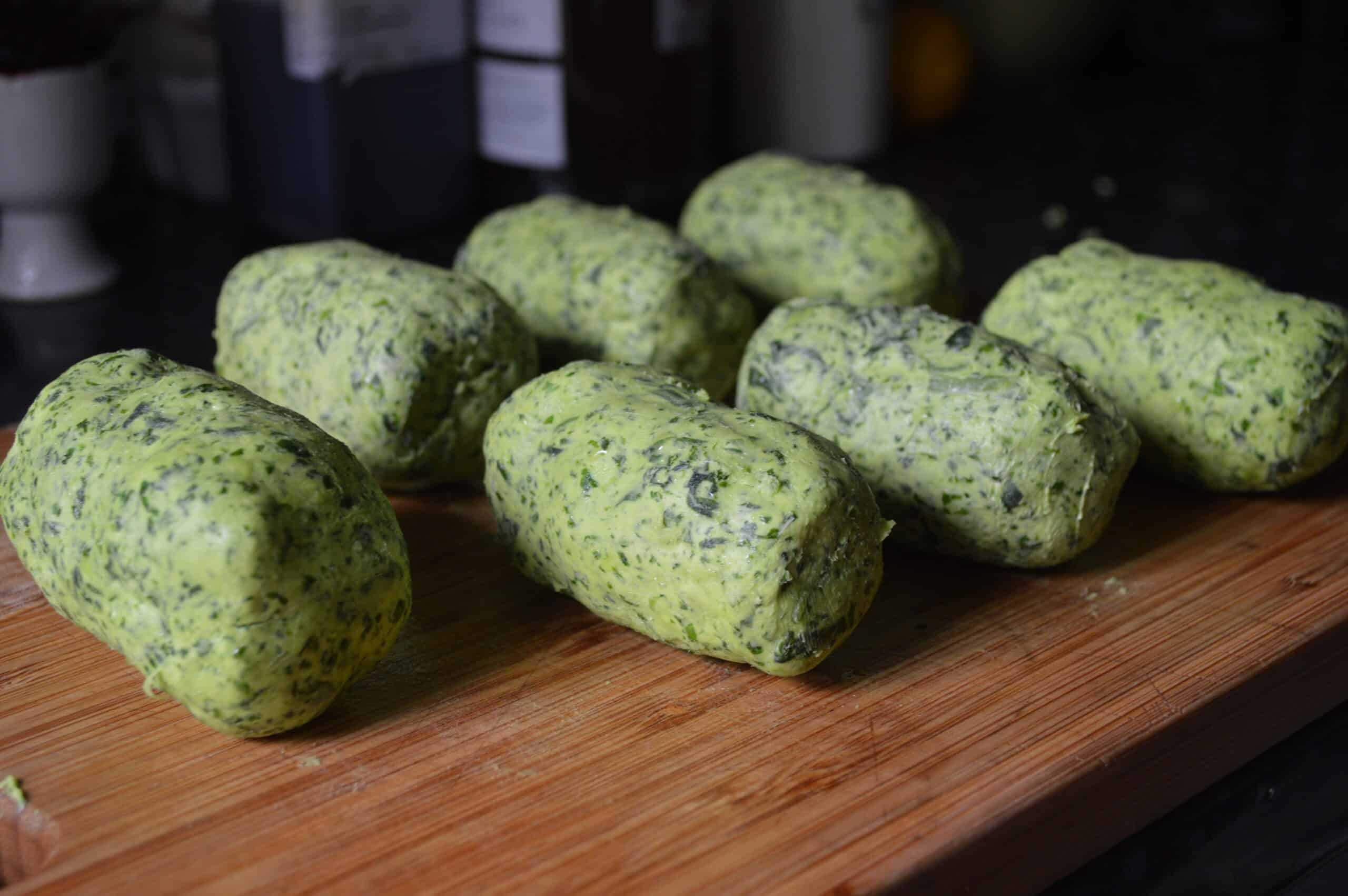
Wild Alliums, in particular the first 3 species from the above list, receive plenty of time and attention from myself due to them being super-prolific in all areas of West Yorkshire and the UK that I frequently find myself foraging and teaching about wild foods in. Not only are these delightful herbs super-abundant, they are super-tasty and super-versatile, providing ample opportunities for creating or simply adding to a wide range of dishes, ferments and preserves.
Wild Garlic (Allium ursinum), also commonly referred to as Ramson, Bear Garlic and Wood Garlic, is one of spring’s earliest wild green visitors and one of my all-time favourites: it is also a firm favourite with thousands of hobby-foragers up and down the country. It favours deciduous woodlands and the banks of fresh water courses, especially those of a more ancient specification. The young shoots appear as early as mid-December, though more often than not it doesn’t get into full swing until March/April, prior to the emerging foliage of deciduous trees, thus enabling this clever, adaptive plant to take full advantage of early Spring sunshine.
Wild Garlic is one of the easiest wild plants to identify, while offering us a lengthy period of time with regards to picking, processing and eating. Awareness and focus, pre-requisites when foraging for wild foods, are required at all times, as there are a couple of toxic plants that share similarities with wild garlic – namely Lily of the Valley (Convallaria Majalis) and Arum Lily (Arum Maculatum). Both plants can cause serious adverse reactions if accidently consumed, however both lack the distinctive and powerful aroma of garlic and onion – therefore, if in doubt, give leaves a gentle crush, rub and sniff prior to picking.
As is often the case, the tell-tale aroma of wild garlic, dancing on the woodland breeze, is detected long before laying eyes upon it. Once in full, flowering phase, the delicate, pure white, star-like flowers make its whereabouts much more obvious, as the woodland floor shimmers with a white hue.
Another reason for it being a firm favourite with foragers and chefs is that all parts of this plant are edible; leaf, flowering stalks, flowers, seeds and bulbs (but check local byelaws regarding the uprooting of wild plants/bulbs). The leaves, flowers and seeds are excellent for adding to salads, butters and oils, or making pesto, lacto-fermentations, pickles, ketchups and sauces.
If you love onions, garlic, leeks, cooking and eating, I heartily recommend exploring your local woodlands and parks this Spring to get yourselves familiar with this wonderful plant.
For more information about safe identification, wild food, recipe ideas and foraging courses, visit https://edible-leeds.blogspot.com/
All Images @edible.leeds


